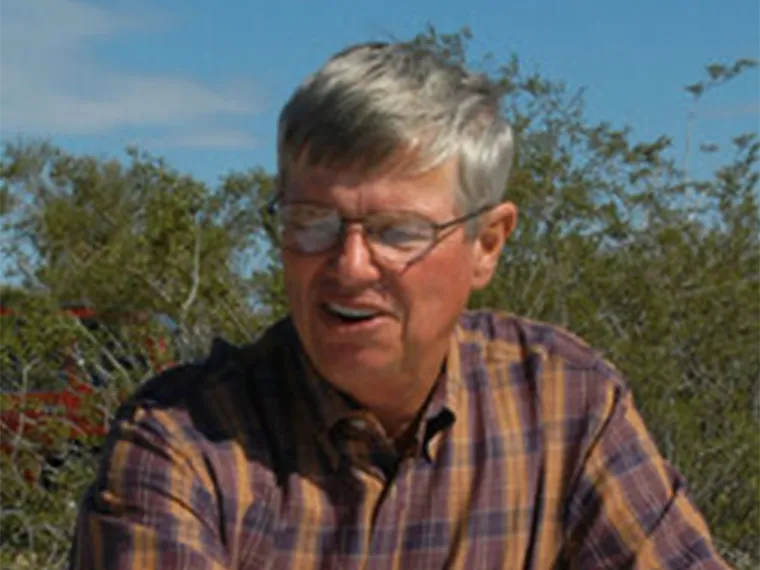Paul Fish, PhD
My interests and training are in anthropological archaeology with a particular emphasis on the organization of Neolithic societies, regional settlement patterns and landscapes, and pre-Hispanic agriculture. Publications and field research include investigations in North America (Southwest and Southeast United States and Northwest Mexico) and South America (early coastal fishermen in southern Brazil). I have studied continuously over the past 40 years both the Hohokam and Trincheras traditions of Arizona and Sonora. With Arizona State Museum and Anthropology faculty, I developed and coordinated the interdisciplinary Southwest Land, Culture, and Society Program that serves as an undergraduate and graduate concentration.
Suzanne Fish and I started research on Tumamoc Hill in 1984 with a trench to investigate the terrace supported by one of its massive summit walls. Archaeologists at the time thought walls and other features dated to a late Hohokam occupation; we were surprised to encounter preceramic remains with then was the earliest corn known in the Tucson Basin. Since that time, we have documented an earlier and later summit village with successive Anthropology and Arizona State Museum field schools. One village dates to preceramic times at approximately 400 B.C. and the other to the earliest part of the Hohokam sequence at A.D. 500. Our most recent field schools (2005, 2006, and 2008) were taught with Gary Christopherson (UA Center for Applied Spatial Analysis), having an objective of teaching students advanced mapping techniques and to thoroughly document spatial arrangements of the summit’s archaeological remains. We sponsored a related Arizona Archaeological and Historical Society project that recorded Tumamoc rock art. This mapping information contributed significantly to the nomination of Tumamoc Hill to the National Register of Historic Places in 2010.


